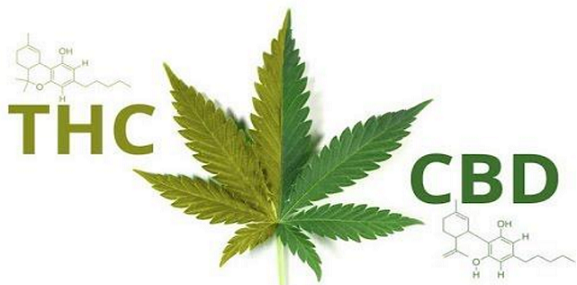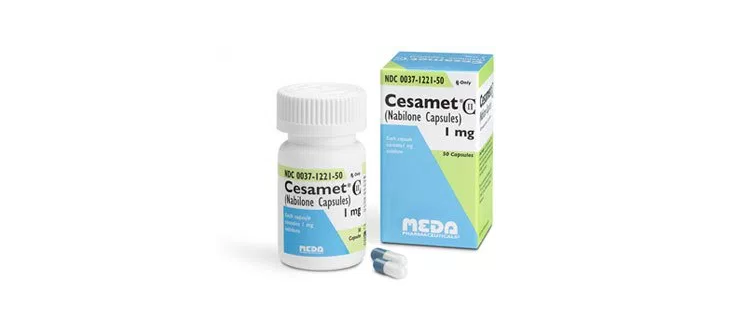The number of ways to reap the benefits of marijuana has grown quite extensively throughout the years, for which rampant growth was aggravated through its legalization in many states across the US.
Commonly, to experience the full therapeutic effects of marijuana, you can either combust the herb through a joint or bong, vaporize it, or extract the cannabinoids to fuse in edibles or to administer through tinctures or topical creams.
When Dr. Raphael Mechoulam isolated the Tetrahydrocannabinol (THC) molecule in 1964 in Israel, the possibility to study its effects became a reality.

THC is the Cannabinoid that showcases the psychoactive effect and over the years, scientist and medical researchers find it to be highly therapeutic.
Pharmaceutical companies approach health and medicine from a ‘molecular perspective’. They find a molecule that they believe works for certain symptoms. They patent that formula and put that into a pill and sell it to the public. This is obviously a very simple explanation, but enough to see that it is rather opposite of the ‘holistic medicine’ approach.
A holistic approach to health is for things to be in balance and homeostasis. Prevention, rather than suppressing symptoms. It incorporates whole food and clean drinking water into its approach to a healthy well-being.
From a holistic medicine perspective, cannabinoids, terpenes, and flavonoids found in cannabis should not be isolated, but consumed in whole. The chemical compounds seem to work best when they are all present. In fact, there has been a fair a bit of research about this called the Entourage effect or the Ensemble effect.
For more information on the entourage effect, here is a short video with Dr John Teh explaining cannabis as a whole plant medicine:
However, medical researchers and pharmaceutical companies have been working to extricate the Tetrahydrocannabinol (THC) and Cannabidiol (CBD) to a concentrated dose to apply in other ways for both patients and recreational users to consume. The agents are suspended and pressed into tablets with a concentrated amount of THC, and/or CBD, for ideal and regularized dosages for wide distribution.
There are select pharmaceutical companies that have already adopted the idea of THC and CBD pills in the market, and they have been FDA-approved for quite some time, specifically in the 1980’s.
There are many in production today, but two notable brands that are FDA-approved for cancer patients are namely Marinol and Cesamet.
These pills are used to treat chronic pain from chemotherapy, anxiety, diabetes, epilepsy, rheumatoid arthritis, PTSD, sleep disorders, cardiovascular disease, antibiotic-resistant infections, and various neurological ailments.
To say whether the key marijuana element in these tablets is synthetic is arguably due to how it is produced. Characteristically, the main proponents needed to fabricate the tablet still entails deriving the necessary compounds from the marijuana plant. The process is undeniably tedious, however, still remains within the organic spectrum.

You’re probably wondering how could this be under the radar as much when encouragingly, can serve as a suitable alternative to existing medications. Kevin Sabet, former-President Obama’s senior adviser for drug policy, strongly claims that…
“The medicinal marijuana system in this country has become a bad joke, an affront to the concept of safe and reliable medicine, defying the standards that we have come to expect from the medical establishment,”.
The topic of debate regarding the nationwide medicinal and recreational legalization is still quite slim, and such efforts like marijuana tablets put the contestation into perspective for the beneficial effects on the relevant bodies of society.

Meanwhile, other pharma companies insist on these efforts and are on the fast track to their FDA approvals, as they look into penetrating the market with their own versions of the Cannabis pill.
Looking at the long-term effect, such action would make this form of treatment definitively more accessible to those who truly need its remedial properties, and in the hopes of doing so, can thrust the advocacy forward to the rest of the world.
Studies show that smoking marijuana is still widely preferred because there is leeway for a patient to adjust his or her dosage as they move forward with their treatments, whereas tablets contain doses that could be very strong if taken twice in one go, considering that it would still have a delayed onset, just like edibles.
The single best way for a lot of cases to consume medical Cannabis is vaporizing, which has been picking up in recent years due to the cooler vaporizers that have become available around the world. Many medical professionals recommend vaporizing to their patients when prescribing medical cannabis.

To each his own, as they say. With medical marijuana on the come up around the globe, researchers and eager patients alike will continue to support its backing in a now more conducive environment for its growth.
We can expect to consume cannabis in a number of other ways, in the long run, both to redeem its medicinal and recreational properties, and accessible to all.
Share your views on this topic with our community.
Let us know in the comments below.
- Pot Perfume Without the Pot: Smell Like Your Favorite Strain - April 5, 2017
- Pills versus Puffs: A Crash Course on Marijuana Tablets - March 16, 2017
- Cannabis Skin Care: DIY Marijuana Salve - March 7, 2017


